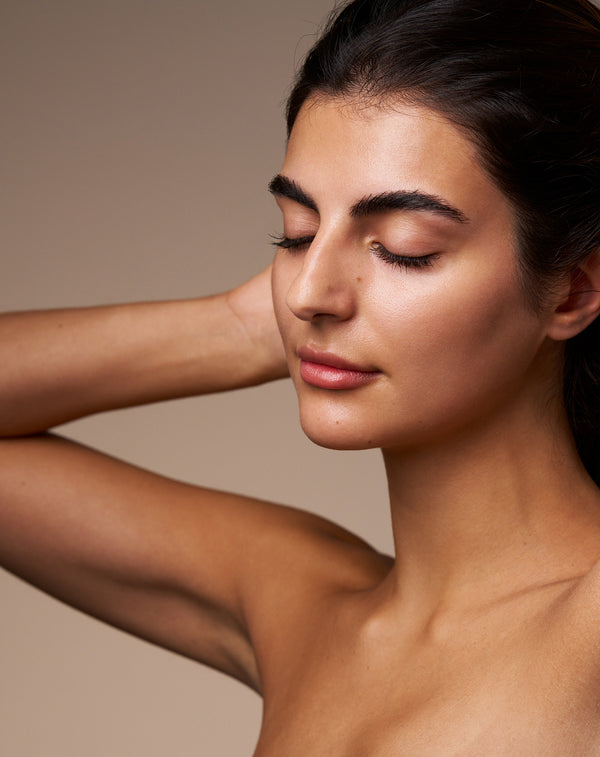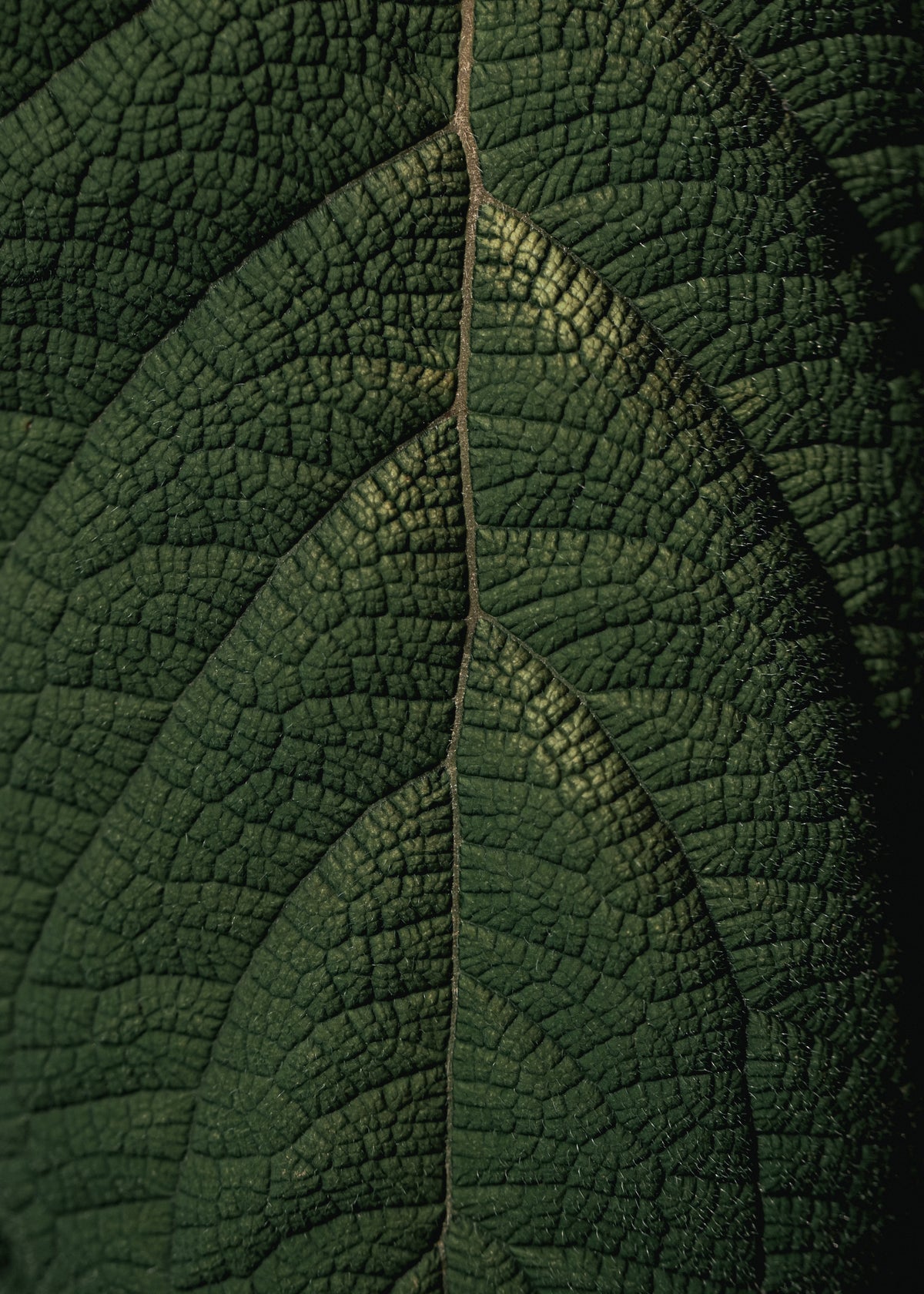The trend towards biological and organic products is spreading throughout the world. It’s unstoppable and we’re pretty certain that many of you will grab anything in a store with the right label, without thinking it through, never mind reading the ingredients carefully and instructions for use.
But consider this: only 10% of the ingredients in a cosmetic product need to be natural in order to call it “biological.” What about the remaining 90%? Don’t delude yourself, it’s pretty much all the same chemicals.
Here’s a small list of the most common chemical compounds:
- Aluminum chloralhydrate (used in deodorants and antiperspirants): can cause disruptions in the urogenital system.
- Propylene glycol is used universally instead of glycerin, and can lead directly to allergies, acneiform rashes and liver and kidney diseases.
- Emulsifiers (joining lipid and water phases when creating emulsions) are most often used in the form of surface-active substances (or surfactants), and can lead to skin dryness, dermatitis, and eczema.
- Phthalates (contained in hairstyling products and nail polishes) can be dangerous for expectant mothers, as they may cause changes in the structure of DNA.
- Preservatives (the most common type is parabens). On packaging, they are denoted by the codes for food additives (e124, e216, e217, e218) and exist in almost every cosmetic product.

Once, at a fashionable cosmetics boutique, I went to look at a “natural-organic-without-preservatives” shampoo for babies and was amazed to see it had a two-year shelf life. When I asked in surprise, “How is that even possible?” the salesperson answered that it contains “vegetable” preservatives. As a doctor, I can responsibly declare that VEGETABLE PRESERVATIVES DON’T EXIST.
Incidentally, some natural components are also considered chemicals (although we’re used to believing the chemicals are only synthetic substances). Many of them are capable of causing harm or having no effect at all. For example, the natural mineral bentonite, frequently used in face masks, can scratch skin, while lactic acid can cause premature aging.
In order to determine the presence of synthetic ingredients in a product, don’t just pay attention to the shelf life, look at its concentration and smell as well. The better a cream smells and the prettier it looks, the more chemicals it is likely to contain. Don’t count on expensive luxury cosmetics or so-called pharmacy cosmetics being any different from more economical mass-market brands in this respect. As illogical as it sounds, there may be many times fewer chemical ingredients in cheaper products than expensive ones.
Right now, you’re probably asking yourself what to do? As a degree-holding specialist, I recommend cosmetics based on individual recipes that a pharmacist blends at a pharmacy. The components in these are those very same “BIO” ingredients: plant and animal fats, lanolin, spermaceti, and herbs. This is how they were made a hundred years ago and are still made today. The only problem is that you’d be hard-pressed to find pharmacies with production departments today. Still, they’re out there. What’s more, leading clinics around the world have small laboratories working for their dermatology departments, making cosmetics for specific patients, let’s call it skincare couture. In a word, if you look hard, you can find them. All you need is the will to try!
Dr. Inna Szalontay
Founder










